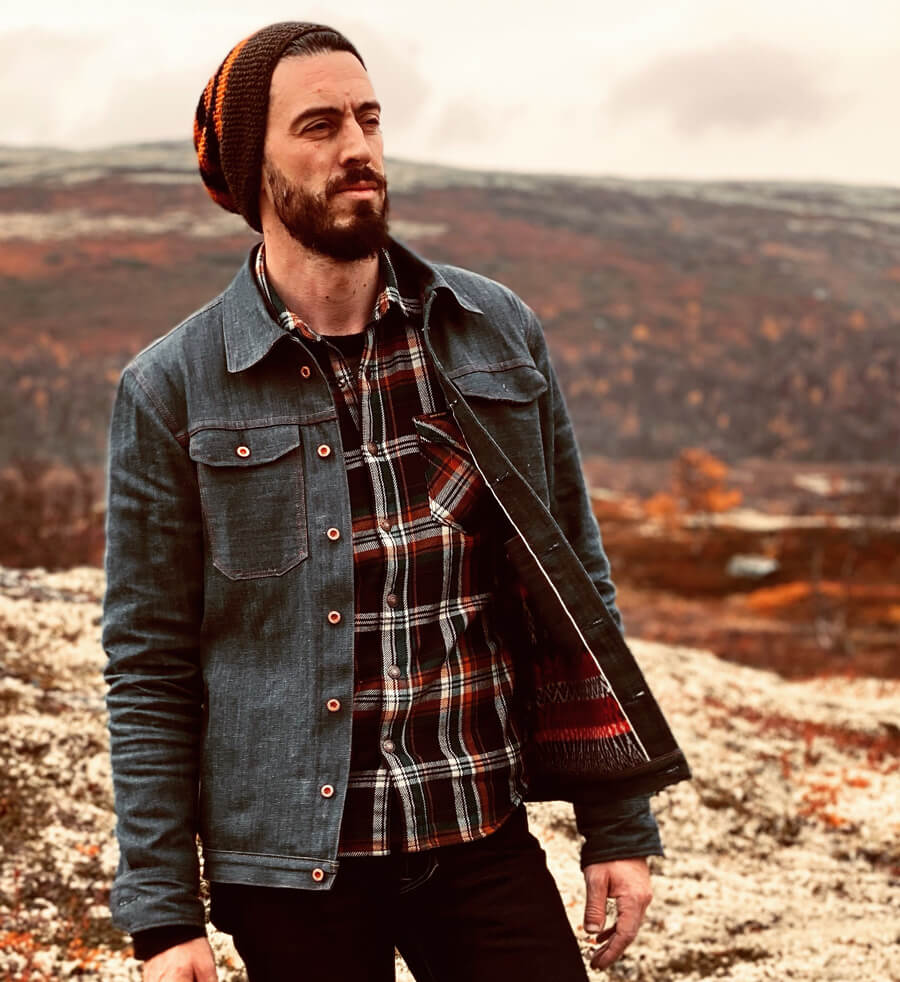Home on the Range: The Denim Western and Its Enduring Hold on Us
The denim western is a true-blue workwear icon. Though it might call to mind images of the cowboy on the range, it didn’t find its iconic form until the open-range cowboy was something of an endangered species in the American west.

The denim western is a true-blue workwear icon. Though it might call to mind images of the cowboy on the range, it didn’t find its iconic form until the open-range cowboy was something of an endangered species in the American west. Though the authentic cowboys may have been hanging up their spurs, America’s enduring love affair with the idea of the cowboy was just beginning. Between the first and second world wars, the rodeo enjoyed an explosive growth in popularity. “A transformation took place during that quarter century,” says Michael Kammen, author of Mystic Chords of Memory. “Riding and roping went from being primarily utilitarian to becoming an important form of entertainment.” As the crowds grew, so did the interest of denim brands, especially Blue Bell and Levi’s, to become the definitive western clothier.

Jack A. Weil would beat them to the punch. The true grandfather of western fashion, who continued in his CEO role until he died at the ripe age of 107, was the first to recognize that cowboys needed a style they could call their own. In the 1930s and ‘40s, the rodeo stars and the remaining authentic cowboys were still wearing clothes designed for hard-working labourers. Though the cowboy’s hat and boots might have been designed for life in the saddle, his clothes were made for miners, woodcutters, and farmers. Weil changed this. In the 1920s, a Colorado company called Miller Stockman Supply started manufacturing denim shirts in Denver, Colorado. One of Miller’s employees was Jack Weil, a former garter salesman with a keen eye for clothing design. He helped Philip Miller give his company, which had before Weil’s arrival focused on farmers, a distinctly western identity, but he wanted to take things further. In 1946, he left Miller Stockman and started Rockmount Ranch Wear. Straight out of the chutes, he developed an entirely new design language that spoke directly both to the cowboy and to those who are drawn to the romance of the west and its saddled and rough-shod heroes. The shirt fit slimmer than the denim shirts that had preceded it, which had all fit like classic workwear, leaving the shape of all but the brawniest wearer to the imagination. They also tended to come untucked in the saddle, so Weil cut his shirt longer. They featured pointed yokes that accentuated the shoulders of broad-shouldered cowboys and slender ones alike. Most importantly, they featured snaps up the front, on the pockets, and on the carefully shaped cuffs.

**Rockmount’s Denim Western Today** There is some debate about whether Weil was the first to incorporate snaps into shirts, but he certainly was the first to convince the clothes-buying public that the cowboy’s spirit could be stitched into a garment. The snaps played a big part in this. They were more than just fashion. They were also practical. Things in a rodeo ring happen very quickly, and a closure that comes undone easily might make the difference in the ring between an immodest cowboy and a severely injured one.

The year after Weil debuted his western shirt, Blue Bell followed suit with a western line of their own. They had a contest at the brand’s offices to name the new brand with its distinctly western slant. The winning name: Wrangler. They partnered with Rodeo Ben to design the line. Ben was a tailor from Philadelphia who was well known among country singers, actors, and rodeo stars. He had already outfitted stars like Gene Autry and Roy Rogers, and now he was helping Blue Bell/Wrangler produce a line of western clothes that was shaped and designed for wear in the saddle. The pockets were higher so the wallet would stay in place and the belt loops at the front of the jeans were spaced further apart (leaving enough room for the gigantic belt buckles that served as prizes for rodeo stars). The result was ringing endorsements from some of the biggest rodeo stars, including Jim Shoulders, who would go on to win 16 world championships, seven bull riding championships, and four bareback riding world titles, all while wearing Wrangler denim. Wrangler’s shirts and jeans would later be fully endorsed by the Pro Rodeo Cowboy Association—still the only brand the organization has ever officially endorsed. While there are still plenty of cowboys who count themselves Levi’s men, Wrangler effectively sealed the deal with the string of endorsements from major rodeo stars. The new line featured a shirt, the 27MW Plainsman, that would go on to be the single-best-selling denim shirt of all time.
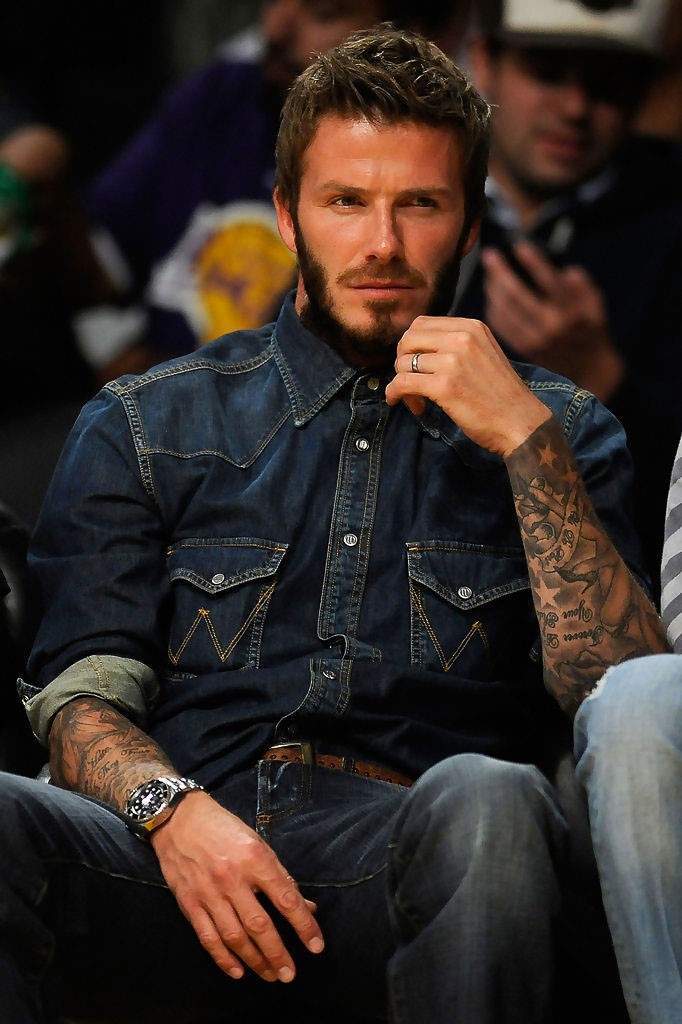
Nearly a decade later, Levi’s would release its own iconic western shirt, with its characteristic sawtooth pocket design. The sawtooth design was another of Jack A. Weil’s innovations, but the patent ran out in the ‘50s, and Levi’s jumped on the opportunity to give their new shirt a distinctive western look. The shirt became so popular that many credit Levi’s designers with the invention.
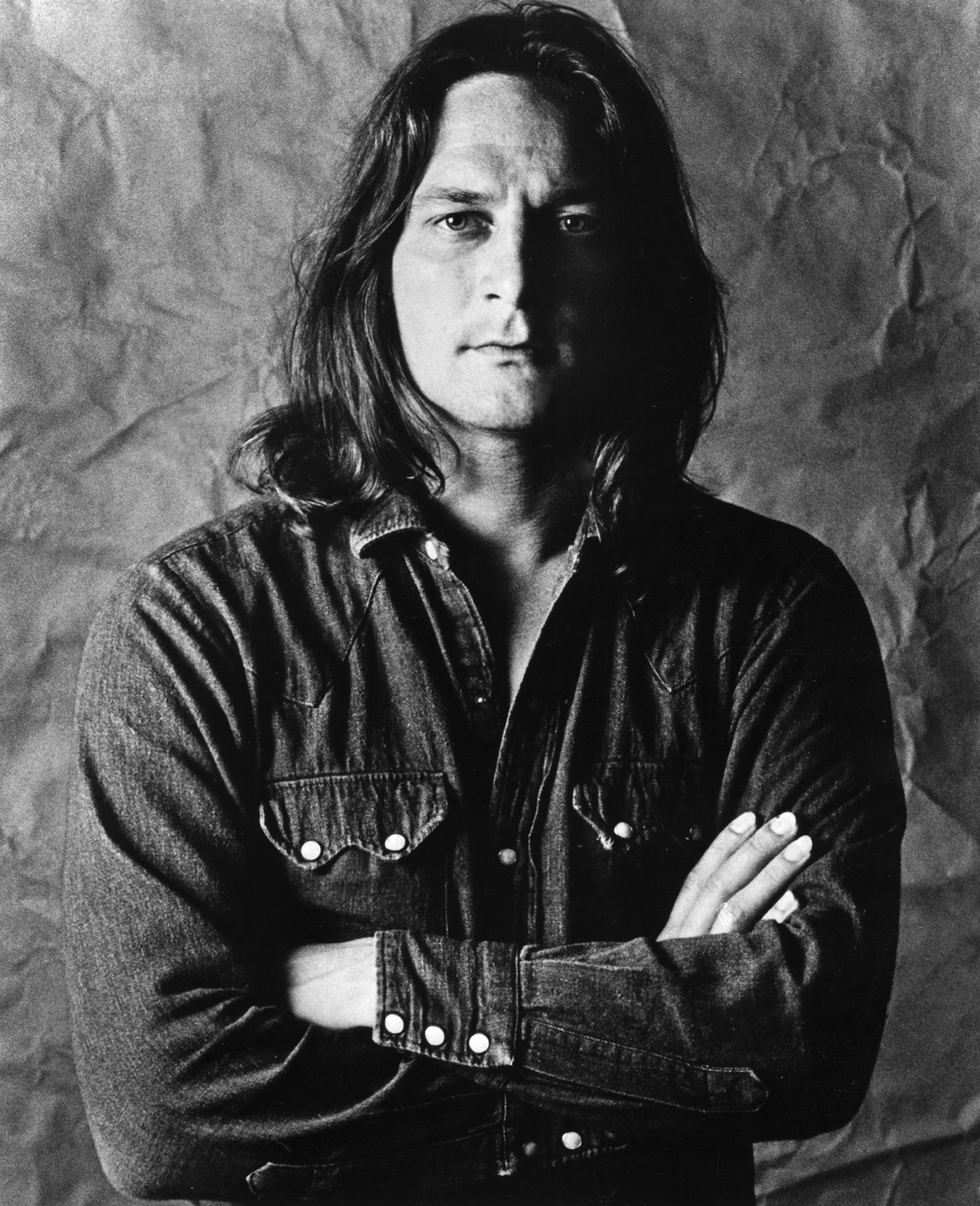
In the ‘60s and ‘70s, the denim western shirt remained popular among the saddle and spurs set, but it enjoyed a broader cultural moment as musicians like Eric Clapton and Marvin Gaye wore the shirts (and wore them well) both on stage and off. Screen icons like Steve McQueen, Paul Newman, and Robert Redford all played their part as well, wearing denim westerns while the cameras were rolling and in between takes. The ‘70s were something of a golden age for denim, and, while fashion moved in different directions in the ‘80s, the denim western continued to live as a dependable and well-worn icon of timeless and rugged style. It has been worn so well by so many stylish men and women in so many different contexts that, though it may fade, it will never fade away.
Vahşi Batı Ölmedi: Zamana Meydan Okuyan Western Denimler

The denim western is a true-blue workwear icon. Though it might call to mind images of the cowboy on the range, it didn’t find its iconic form until the open-range cowboy was something of an endangered species in the American west. Though the authentic cowboys may have been hanging up their spurs, America’s enduring love affair with the idea of the cowboy was just beginning. Between the first and second world wars, the rodeo enjoyed an explosive growth in popularity. “A transformation took place during that quarter century,” says Michael Kammen, author of Mystic Chords of Memory. “Riding and roping went from being primarily utilitarian to becoming an important form of entertainment.” As the crowds grew, so did the interest of denim brands, especially Blue Bell and Levi’s, to become the definitive western clothier.
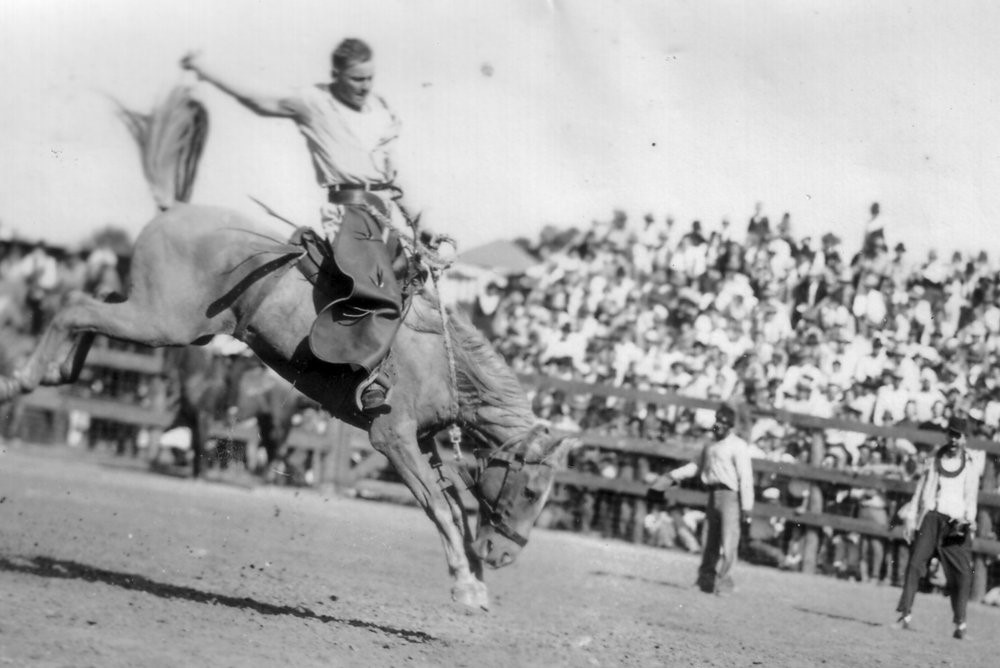
Jack A. Weil would beat them to the punch. The true grandfather of western fashion, who continued in his CEO role until he died at the ripe age of 107, was the first to recognize that cowboys needed a style they could call their own. In the 1930s and ‘40s, the rodeo stars and the remaining authentic cowboys were still wearing clothes designed for hard-working labourers. Though the cowboy’s hat and boots might have been designed for life in the saddle, his clothes were made for miners, woodcutters, and farmers. Weil changed this. In the 1920s, a Colorado company called Miller Stockman Supply started manufacturing denim shirts in Denver, Colorado. One of Miller’s employees was Jack Weil, a former garter salesman with a keen eye for clothing design. He helped Philip Miller give his company, which had before Weil’s arrival focused on farmers, a distinctly western identity, but he wanted to take things further. In 1946, he left Miller Stockman and started Rockmount Ranch Wear. Straight out of the chutes, he developed an entirely new design language that spoke directly both to the cowboy and to those who are drawn to the romance of the west and its saddled and rough-shod heroes. The shirt fit slimmer than the denim shirts that had preceded it, which had all fit like classic workwear, leaving the shape of all but the brawniest wearer to the imagination. They also tended to come untucked in the saddle, so Weil cut his shirt longer. They featured pointed yokes that accentuated the shoulders of broad-shouldered cowboys and slender ones alike. Most importantly, they featured snaps up the front, on the pockets, and on the carefully shaped cuffs.
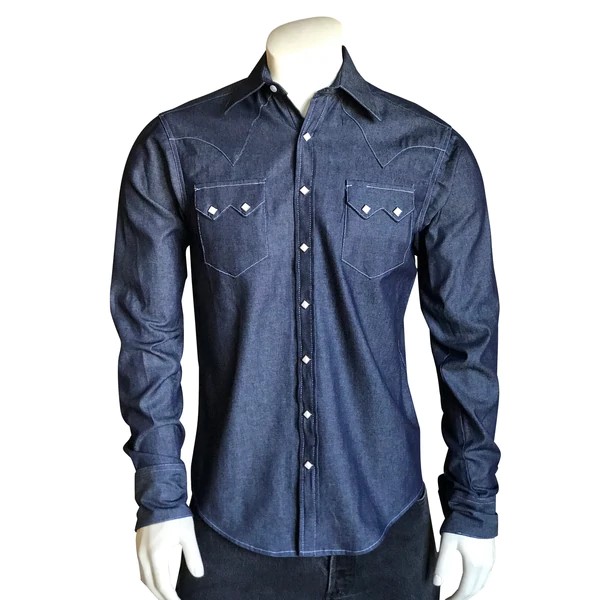
**Rockmount’s Denim Western Today** There is some debate about whether Weil was the first to incorporate snaps into shirts, but he certainly was the first to convince the clothes-buying public that the cowboy’s spirit could be stitched into a garment. The snaps played a big part in this. They were more than just fashion. They were also practical. Things in a rodeo ring happen very quickly, and a closure that comes undone easily might make the difference in the ring between an immodest cowboy and a severely injured one.
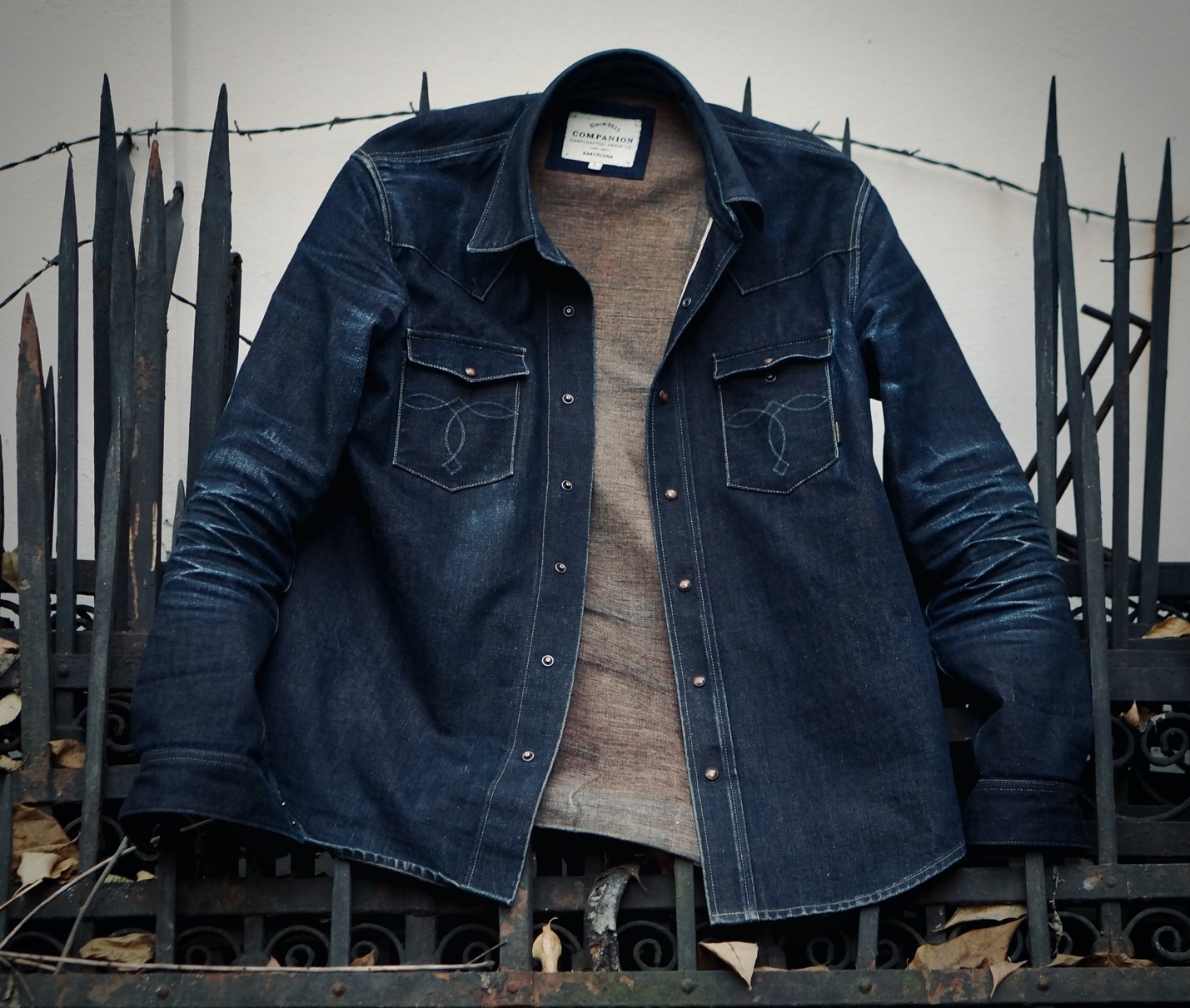
The year after Weil debuted his western shirt, Blue Bell followed suit with a western line of their own. They had a contest at the brand’s offices to name the new brand with its distinctly western slant. The winning name: Wrangler. They partnered with Rodeo Ben to design the line. Ben was a tailor from Philadelphia who was well known among country singers, actors, and rodeo stars. He had already outfitted stars like Gene Autry and Roy Rogers, and now he was helping Blue Bell/Wrangler produce a line of western clothes that was shaped and designed for wear in the saddle. The pockets were higher so the wallet would stay in place and the belt loops at the front of the jeans were spaced further apart (leaving enough room for the gigantic belt buckles that served as prizes for rodeo stars). The result was ringing endorsements from some of the biggest rodeo stars, including Jim Shoulders, who would go on to win 16 world championships, seven bull riding championships, and four bareback riding world titles, all while wearing Wrangler denim. Wrangler’s shirts and jeans would later be fully endorsed by the Pro Rodeo Cowboy Association—still the only brand the organization has ever officially endorsed. While there are still plenty of cowboys who count themselves Levi’s men, Wrangler effectively sealed the deal with the string of endorsements from major rodeo stars. The new line featured a shirt, the 27MW Plainsman, that would go on to be the single-best-selling denim shirt of all time.
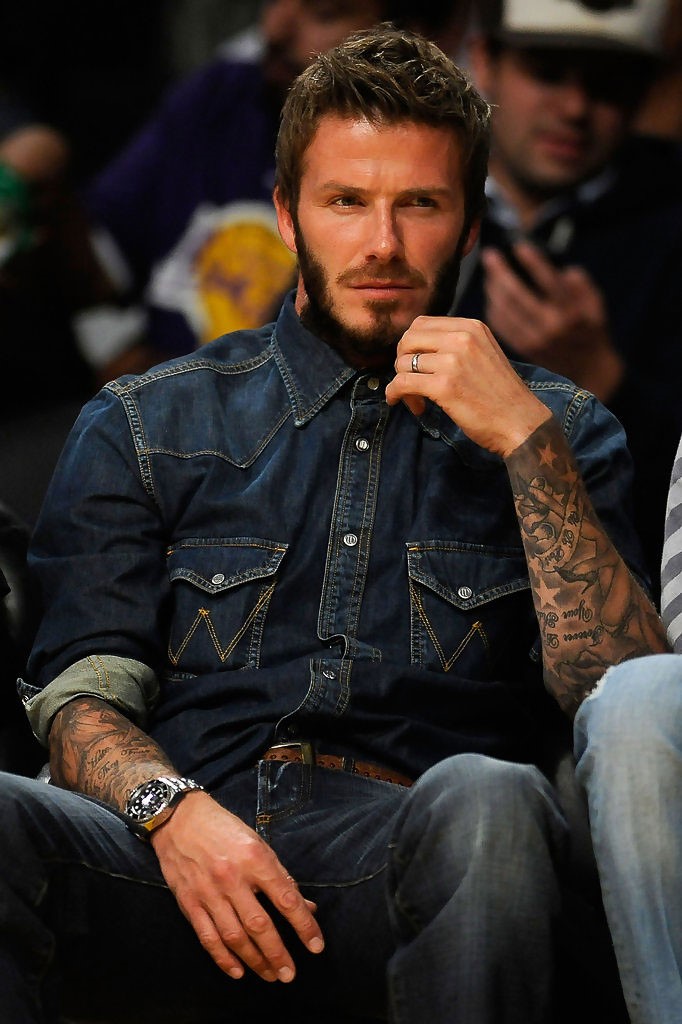
Nearly a decade later, Levi’s would release its own iconic western shirt, with its characteristic sawtooth pocket design. The sawtooth design was another of Jack A. Weil’s innovations, but the patent ran out in the ‘50s, and Levi’s jumped on the opportunity to give their new shirt a distinctive western look. The shirt became so popular that many credit Levi’s designers with the invention.
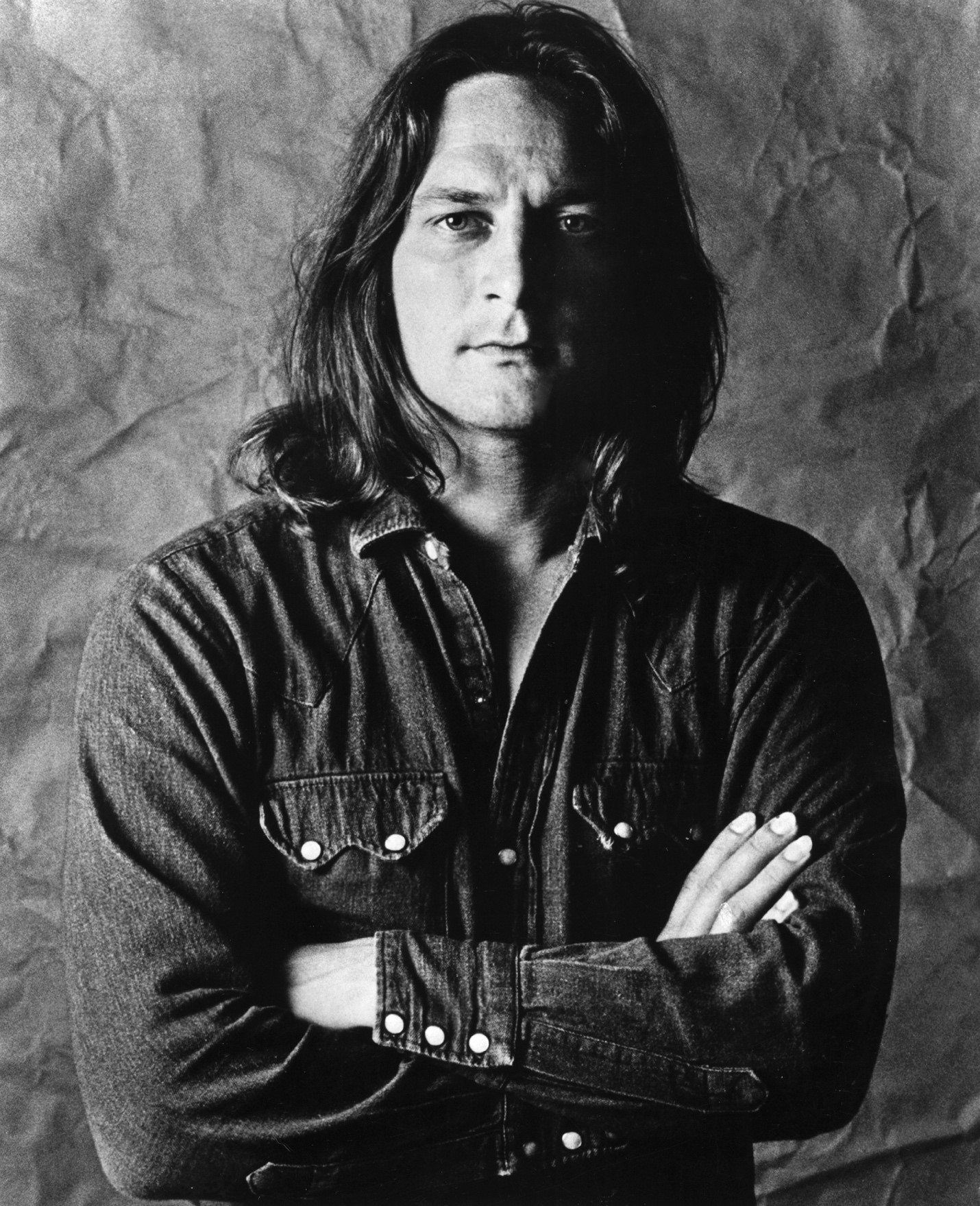
In the ‘60s and ‘70s, the denim western shirt remained popular among the saddle and spurs set, but it enjoyed a broader cultural moment as musicians like Eric Clapton and Marvin Gaye wore the shirts (and wore them well) both on stage and off. Screen icons like Steve McQueen, Paul Newman, and Robert Redford all played their part as well, wearing denim westerns while the cameras were rolling and in between takes. The ‘70s were something of a golden age for denim, and, while fashion moved in different directions in the ‘80s, the denim western continued to live as a dependable and well-worn icon of timeless and rugged style. It has been worn so well by so many stylish men and women in so many different contexts that, though it may fade, it will never fade away.
To view full content and a better mobile experience, try

